Heed Audio at a glance
Heed Audio is not just another hi-fi electronics manufacturer with British audio heritage in its DNA — it is a manifesto of authenticity, passion, and independent vision. Founded in Hungary, the brand stands out for its radically human approach to sound reproduction. In a market so often dominated by numbers, measurements, and technological catchphrases, Heed chooses a different path: that of the listening experience as an absolute value.
Every Heed product is designed to serve the music, not the machine. The amplifiers, DACs, and external power supplies are built according to a philosophy that places musicality, tonal coherence, and natural soundstaging at the very centre. There are no gimmicks — just tonal integrity and emotional balance that recall the finest British electronics of the golden era, reimagined with elegance, craftsmanship, and a modern spirit.
And that’s exactly where it all began — with one defining example:
In the 1980s, those who brought home an ION Obelisk experienced something rare and precious: the feeling of having discovered one of hi-fi’s best-kept secrets. It wasn’t a flashy amplifier, nor did it shout its specifications. But from the very first listen, many enthusiasts realised that something extraordinarily musical was happening.
Here’s what it felt like:
-
A sense of wonder: at how such a compact device could drive even demanding speakers with such ease and refinement.
-
Emotion: because the Obelisk didn’t impress through brute power, but through its ability to tell the story of music — with fluidity, dynamic range, and a sense of timing reminiscent of valve amplifiers.
-
Deep satisfaction: the kind that comes from extended listening sessions, free of fatigue, drawn into a sound that keeps you there.
-
A sense of uniqueness: because owning an Obelisk meant making a choice that went against the grain — a commitment to musical substance over passing trends.
In short, those who welcomed such a device into their home discovered an amplifier that didn’t try to dazzle with figures or appearance, but that won them over gradually, listen after listen, by speaking directly to the heart.
And on this front, Heed Audio makes no compromises. It doesn’t follow fashion. It’s not made for everyone. But those who discover it rarely look back. Because listening with Heed isn’t about technical showmanship — it’s about returning to music as a deep, living, and emotionally resonant experience.
If you’re seeking the soul of sound, Heed is a name worthy of your attention — and your respect.
How it works (side notes for the curious)
It is far from us to lose you in technical terms. It is not our aim to teach you our profession or to provide you with numbers that are merely different from other devices. Electronic specifications and “correctness” are just one aspect and not enough to create perfect music reproduction alone.
Even so we ought to enlighten you about some of the specialties that make Heed products distinctive and stand out from the crowd. Naturally it is impossible to make a musical impression by words alone. Should you have the chance to listen to our creations then you can become acquainted with the relationships between the technical and sonic features of our products by studying the following chapters.
Handcrafting - More than a Simple Human Touch
Creating something is a wonderful feeling. To witness the numerous pieces of electronic and mechanical parts being hand crafted to form a complete working device is delightful. Every single component receives exacting attention and is the perfect element to provide you with an unrivalled musical experience.
From the hand soldering of the circuit boards to the fine adjustments of the volume knob, we ensure every process and incorporate only the highest quality components to make a Heed amplifier the best in class. Rigorous quality control provides the highest possible standard and reliability of our devices. Every single device meets our strict performance regulations but similar to twins, we know that each and every one produced is unique to you.
Transcap
Tuned non-direct coupled amplifier technology
When you own a Heed amplifier you meet technology that you most probably have never seen in action before. Like the almost forgotten (and then reincarnated) valve technology, the output capacitor transistor amplifiers can normally only be found in the deepest recesses of engineers drawers. The technical difficulties of RC-Coupling means almost 100% of todays manufacturers opt for the easier direct-coupled solutions instead. With great effort and countless development hours there is a way to employ an up to date and sonically better sounding RC-Coupled amplifier. We have chosen this way.
Like the belt of a great turntable or the output transformer of a valve amplifier, the output capacitor makes for a great decoupling between the amp and the speaker. But the main advantage is the fact that a capacitor is an energy storage device. By design, this capacitor connects directly onto the speaker, with no in-between elements. Power delivery becomes rapid and precise. To charge this power element, we use a push-pull complementary Darlington transistor drive stage.
This power transforming system needs to be perfectly balanced. The heart of our Transcap technology lies in the precise adjustment of all the charge transmitting and current delivery channels. This propels all the common amplifier components; mains transformer, power supply, voltage and power amplifier stages, into something radically different. You may see now, this is no ordinary amp and it cannot be measured by common standards. Using our methods the sound becomes thick, warm, yet clear and life-like, as it properly translates the electronic signal into the acoustic world.
TMR
Transmission-line-reflex speaker loading
Every dynamic speaker driver needs some kind of acoustical load to work as it should. The most common solution is a cavity attached onto the back side of the diaphragm. This speaker box may be closed or vented. The vented ones are trickier to design because there are many parameters impacting on the result. There are ‘rule of thumb’ designing guides to make such boxes as bass-reflex, transmission-line, open baffle, compound or horn loading, each of them handled like an entirely different solution.
Acoustics are however based on physical facts. If we use a vented enclosure with an opening at one side, it will be a resonant chamber, even if we use it as a transmission-line element. The adjustment of such enclosure needs extra care and attention. Incorporating all known calculating methods we build enclosures that fit all aspects. This is the perfect way to slip between working states, achieving the crisp, fast and rhythmical but yet fluid and almost organic sound we oh so like.


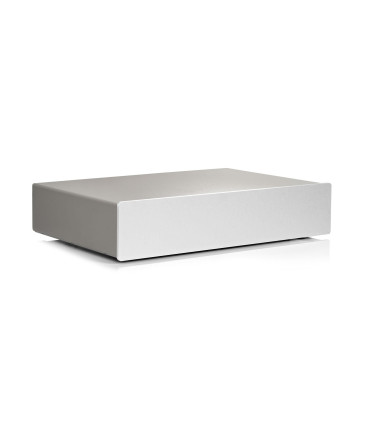
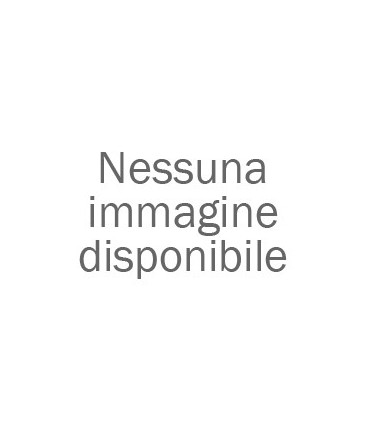

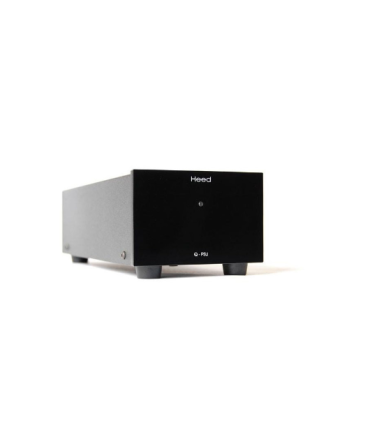

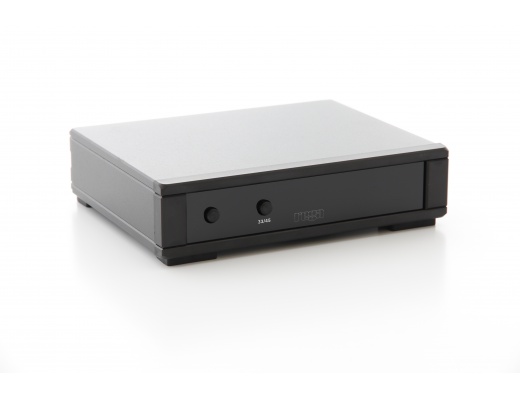
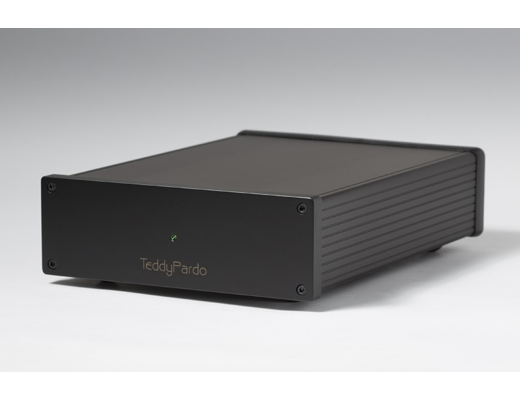
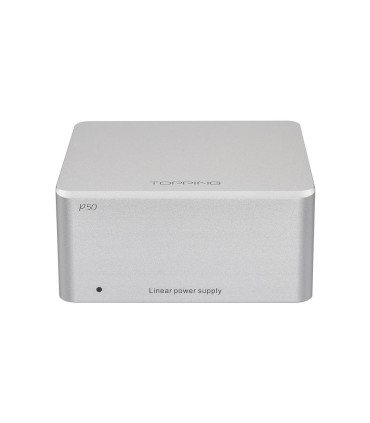
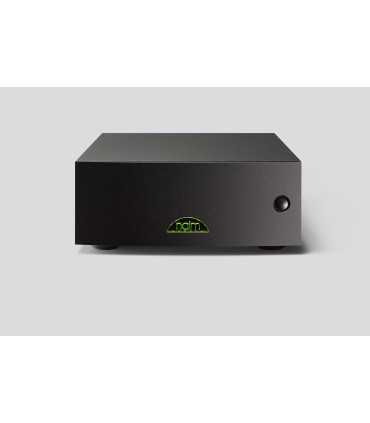
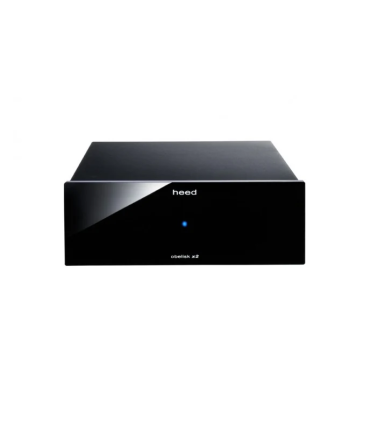
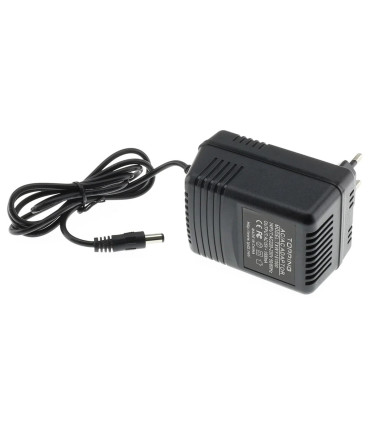
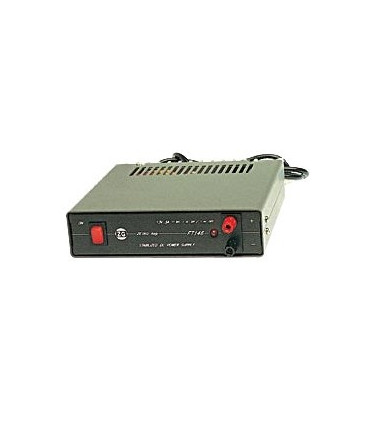


















Leave a review